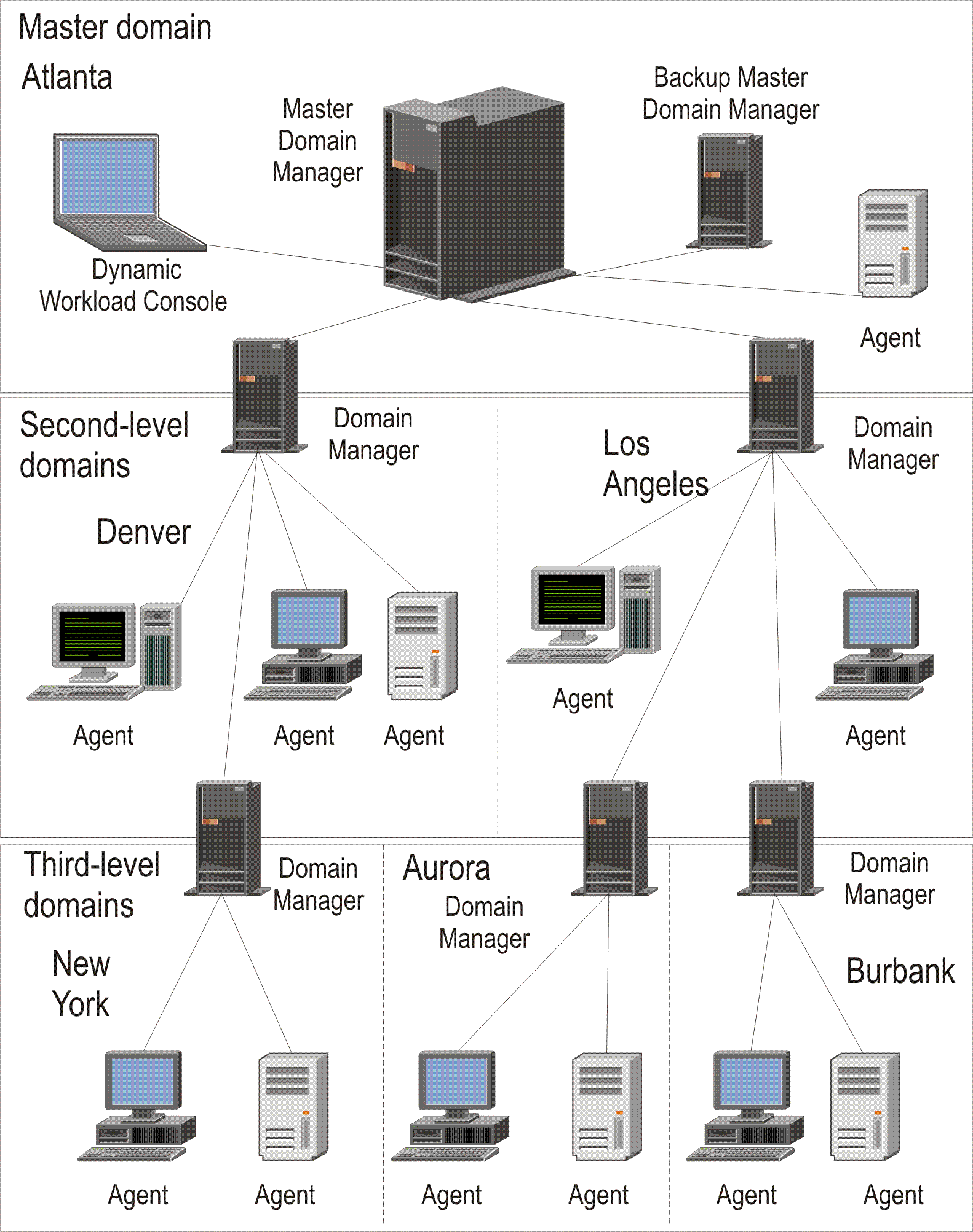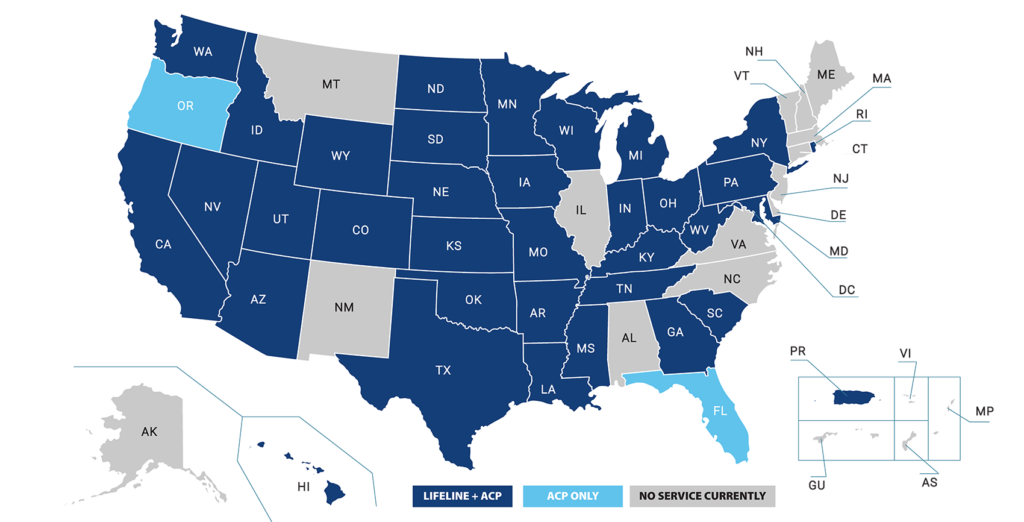Domain networks have become an essential component of modern business operations. In today’s digital age, businesses rely heavily on technology to communicate, collaborate, and store data. Domain networks provide a centralized system that allows businesses to manage their IT infrastructure effectively. In this article, we will explore what domain networks are, how they work, and why they are so important for businesses.
In simple terms, a domain network is a collection of computers, servers, printers, and other devices that are connected to a central server. This server acts as the control center for the network, allowing administrators to manage the devices, users, and data that are stored on the network. By using a domain network, businesses can ensure that their data is secure, their devices are up to date, and their users have access to the resources they need. In the following paragraphs, we will delve deeper into the specifics of domain networks and their benefits for businesses.

What is Domain Networks?
Domain networks are a set of computers and other devices that are connected together within a domain. They are used to share resources, such as files, printers, and other network devices, between multiple users. A domain network is managed by a central server, which is responsible for keeping track of all the computers and devices that are part of the network.
How Domain Networks Work
Domain networks are based on the client/server model of networking. A server is the central computer or device in the network that stores all the shared resources and information. The client computers are connected to the server, and can access the shared resources stored on it. The server is responsible for providing authentication and authorization services to the client computers, so they can securely access the resources. Each computer in the network is also assigned a unique name and address, which is used to identify it on the network.
Types of Domain Networks
There are two main types of domain networks: peer-to-peer and client/server. In a peer-to-peer domain network, each computer is responsible for its own resources, and can share them with other computers in the network. In a client/server domain network, the server is responsible for providing all the resources, and the client computers can access them. This type of network is more secure and efficient, as the server can manage access to the resources and ensure that only authorized users can access them.
Benefits of Domain Networks
Domain networks offer many advantages over other types of networks. They are secure and efficient, as the server can manage access to the resources and ensure that only authorized users can access them. They also allow for easy file sharing, as all the computers in the network can access the shared resources on the server. Finally, they are scalable, as they can be easily expanded to accommodate additional users and resources.
Frequently Asked Questions
A domain network is a type of computer network where all computers are connected to one another and share resources such as files, printers, and other devices. It is also known as a domain-based network.
What is a domain network?
A domain network is a type of computer network in which all computers are connected to one another and share resources such as files, printers, and other devices. A domain network is also known as a domain-based network. In this type of network, all of the computers are part of the same “domain” and can access the same files, printers, and other resources.
A domain network is usually managed by a server, which is responsible for ensuring that all computers connected to the network are running the same software, accessing the same resources, and abiding by the same security policies. The server also makes it easy for administrators to manage the network, as they can control which users have access to certain resources, track user activity, and make sure that all computers on the network are running properly.
What are the benefits of a domain network?
The main benefit of a domain network is that it makes it easier for administrators to manage and secure the network. For example, a domain network allows administrators to easily control which users have access to certain resources, track user activity, and make sure that all computers on the network are running properly. It also makes it easier to provide a secure environment, as all of the computers are connected to the same network and can be monitored more easily.
Another benefit of a domain network is that it allows for the sharing of resources. All of the computers on the network are connected, which makes it easy for users to access files, printers, and other resources that are shared by other users on the network. This makes it easier for users to collaborate and work together, as they can access the same resources from any computer on the network.
What is a domain controller?
A domain controller is a server that is responsible for managing the security and access policies of a domain network. The domain controller is responsible for managing user accounts, setting access privileges, and enforcing network security policies. The domain controller is also responsible for ensuring that all computers connected to the network are running the same software, accessing the same resources, and abiding by the same security policies.
The domain controller is also responsible for authenticating users and allowing them access to the network. When a user attempts to log into the network, the domain controller will verify the user’s credentials and then grant them access to the network. Without a domain controller, users would not be able to access the network, as the domain controller is responsible for controlling access to the network.
What is a domain name?
A domain name is a unique name that is used to identify a website or computer network on the internet. Domain names are used to make it easier for people to find websites and networks on the internet. Domain names are made up of two parts: a top-level domain (TLD) and a second-level domain (SLD). The TLD is the domain name’s highest-level part and is usually a generic term such as “.com” or “.net”. The SLD is the second-level part and is usually a unique name that is specific to the website or network.
Domain names are registered with a registry and can be purchased from a domain name registrar. Once a domain name is registered, it can be used to point to a website or network. By typing the domain name into a web browser, the user will be taken to the website or network associated with the domain name.
What are the different types of domain networks?
There are three main types of domain networks: workgroup networks, peer-to-peer networks, and client-server networks. Workgroup networks are used in small home or office networks and involve all computers sharing the same resources and being able to access each other’s files. Peer-to-peer networks involve multiple computers that are connected to each other and can access shared resources. Client-server networks involve a server that is responsible for managing the network and providing access to shared resources.
Each type of domain network has its own advantages and disadvantages. Workgroup networks are easy to set up and maintain but can be less secure than other types of networks. Peer-to-peer networks are more secure but can be more difficult to manage. Client-server networks are the most secure and reliable type of domain network but require more resources and expertise to set up and maintain.
In conclusion, domain networks are an essential aspect of modern-day networking. They provide a centralized management system that allows organizations to manage their resources efficiently. The use of domain networks has proven to be a game-changer for businesses as it enables them to streamline their operations, improve productivity, and enhance security. With the increasing need for connected devices, domain networks will continue to play a critical role in the IT industry.
In today’s world, where technology is advancing at a rapid pace, domain networks have become a fundamental tool for businesses. They offer a secure and reliable platform for organizations to connect their devices and share resources. The benefits of using domain networks are numerous, from simplified management to enhanced security. As more businesses embrace digital transformation, domain networks will remain a critical component in ensuring seamless connectivity and improved productivity. In summary, domain networks are a must-have for any organization that seeks to remain competitive in the digital age.



